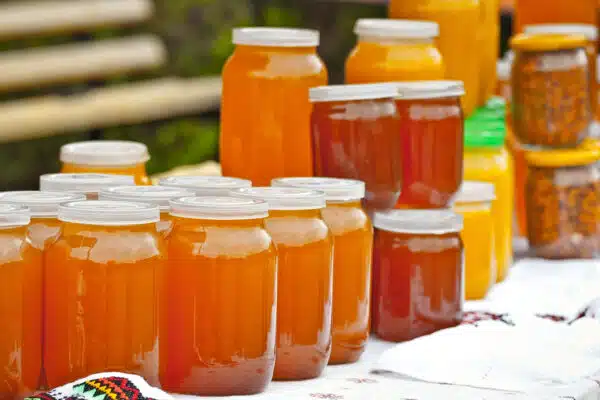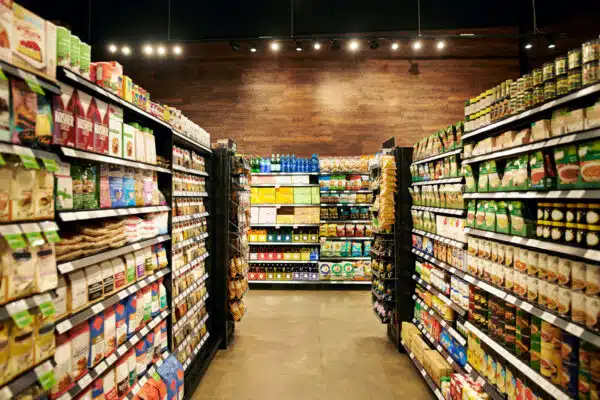A study of the Food Standards Australia New Zealand recalls page on their website indicates that around thirty percent of food product recalls are for foods that are manufactured outside of Australia (from 1 January 2017 to 7 April 2018). So why does this matter to Australians? Consumers are concerned about the origin of some foods and have asked for better labelling to determine where the food they purchase comes from for a while now and the new legislation has been developed to assist them with their purchase decisions. From 1 July 2018 most foods that consumers purchase must carry the new country of origin requirements. There are some foods that are considered non-priority foods, and these do not need to have the new labelling requirements.
Australians have been sourcing their own food from the land for thousands of years. The Indigenous peoples of Australia knew what to eat and when it was available depending on the seasons – these were the ultimate ‘Products of Australia’. Since Colonial times, the early inhabitants had to work out their own crops and livestock for food. It took several years for the new colony to be self-sufficient and during this time, imported food was required. In those days, it did no matter where food came from – they needed to have enough food.
So, what has changed? We have a plentiful supply of food as a nation. We have a variety of foods available incorporating all the culturally different foods representing the migrants from many countries. Country of origin hits the media waves whenever there is a recall based on contamination of some sort – more particularly where there is significant health impact such has occurred recently with the frozen pomegranate product. Recent recalls show that contamination is not only in the realm of imported food or ingredients but can also affect Australian products.
The new labelling laws mean that most of food products require updates to the country of origin declaration on the label and more particularly highlights the level of Australian ingredients in the product and where the ‘processing’ of the food product has occurred ie the country where the food product is grown, is produced, is made or is packed. This new labelling, by using the Australian kangaroo logo and the bar chart and the explanatory statement will make the labelling of Australian products stand out more over and above those of imported labels.
For manufacturers, it is a matter of working out where all the ingredients come from, talking to the suppliers of each ingredients who in turn might need to talk to their suppliers and dealing with the issues of seasonal availability of some ingredients and year-round supply expectation by consumers. The manufacturer must work out what the level of Australian content will then be, considering such things as water used for reconstituting dehydrated or concentrated ingredients taking on the origin of the ingredient itself. It also means that they must keep the records that determine the labelling requirements for enforcement checks if requested.
The reality is, consumers want to be able to easily see where the food they purchase comes from – for whatever reason – perceived food safety issues or to support Australian farmers and manufacturers. So, food manufactured from 1 July 2018 must comply with the new requirements. Time is quickly running out for manufacturers to get all the necessary labelling changes in place.





